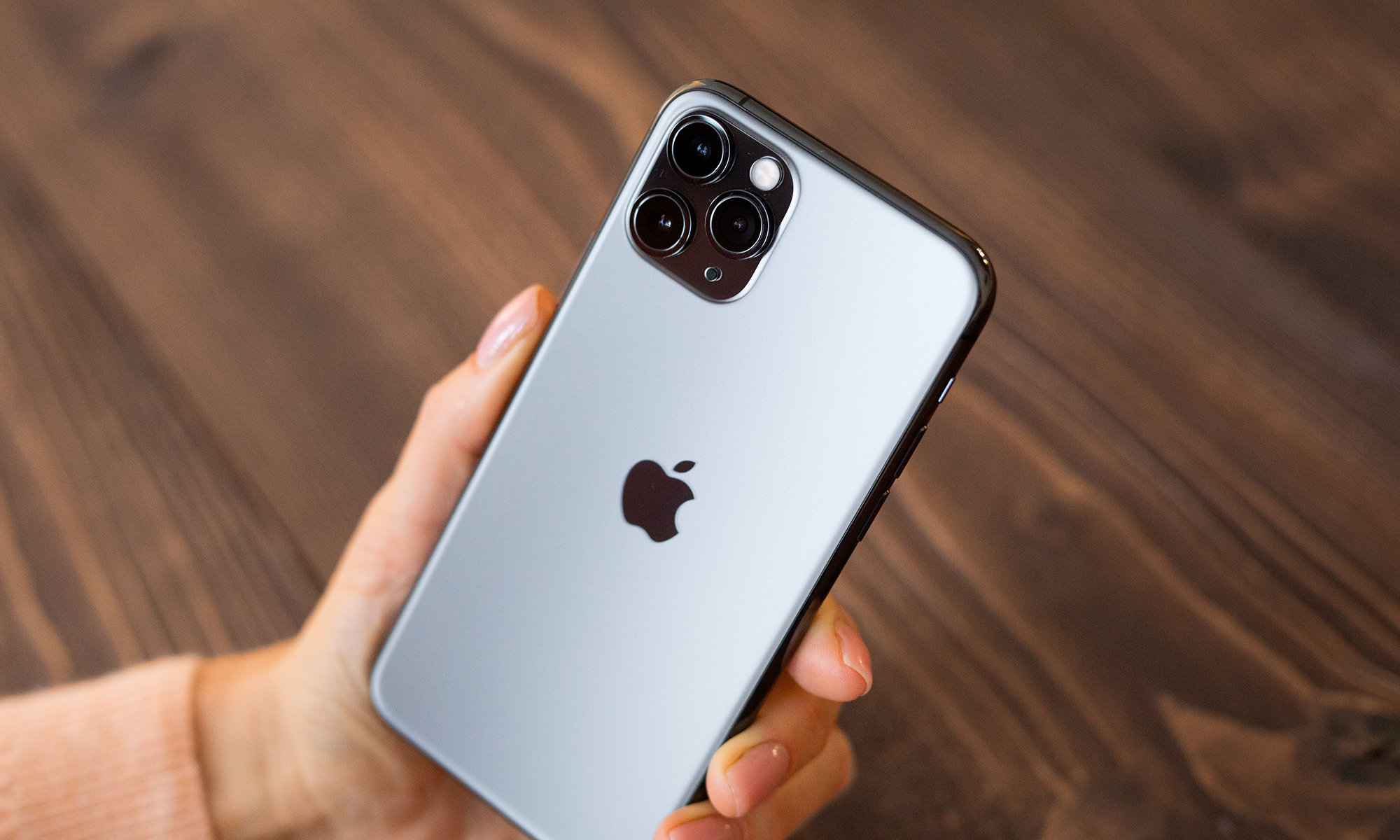Apple (AAPL +0.17%) has become probably the finest mobile silicon powerhouse. Its mobile chips, found in the iPhone/iPad product lines, are world class thanks to a combination of very skilled in-house IP development teams, strong integration teams, and an ability to get things out on-time and on-target. Although if you really think about it, who knows the needs and requirements of the world's best mobile devices better than the maker of those devices?
Apple uses its Imagination
It has been no secret that for quite some time, Apple has been hiring GPU experts/designers/micro-architects, and it is likely that Apple is working on its own in-house GPUs (at least to see what it can do). However, Imagination Technologies – Apple's GPU supplier from the very beginning – recently went ahead and announced that Apple had signed with it a multi-year licensing agreement for both its GPU and video cores . So, it's clear that Apple plans to stick with Imagination for quite some time.
What's going on here? Well, the long-and-the-short of it is, Imagination has many years of experience developing low power/high performance GPU IP that is well suited for the mobile markets. Indeed, just look at the performance of the Imagination PowerVR G6430 inside of the 4" slim iPhone 5s against the performance of Qualcomm's (QCOM +0.61%) Snapdragon 800 inside of a 5"+ Nexus 5 phone and an NVIDIA (NVDA +3.93%) Tegra 4 inside of a 7" tablet:

Source: Tom's Hardware.
Indeed, Imagination's second most powerful GPU in the Series 6 family (G6430 – the G6630 is the highest end) is enough to trounce the Snapdragon 800 by about 6% and the Tegra 4 by about 11%. The Tegra K1 with "Kepler" significantly outruns the iPhone 5s, but it's likely that a 28" All-in-One has a bigger thermal budget, rendering the comparison inconclusive.
What's even more interesting, though, is just how important the actual implementation is. While Apple is likely hiring GPU experts in order to try doing its own GPU, it also takes a significant amount of in-house GPU expertise to do an optimal implementation of "off-the-shelf" GPU IP, which could partially explain the aggressive hiring activity.
What will the next iPhone use?
Apple is likely to enjoy a move from Samsung's 28-nanometer manufacturing process to Taiwan Semiconductor's (TSM +1.50%) 20-nanometer process for the iPhone 6, so Apple will get more room to add a bigger GPU. While Imagination just announced its Series 6XT (the successor to the Series 6 lineup), it is unlikely that Apple will have had the necessary lead-time to get that implemented. What Apple will likely go for is the G6430's bigger brother, the G6630 which could offer about a 50% graphics performance uplift .
Foolish bottom line
Imagination's GPU architectures are world-class and while Apple is likely to try to do its own GPU, at the end of the day, as long as Imagination can run faster (and its architectures are a testament to this), it will keep the sockets at Apple. Indeed, with all of the investments in software that Apple has made in supporting Imagination's silicon, it'd be tough to see them just throwing it away without a really good reason to do so.









